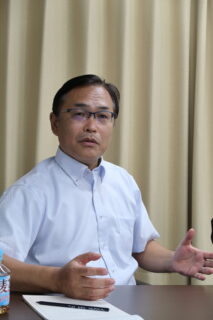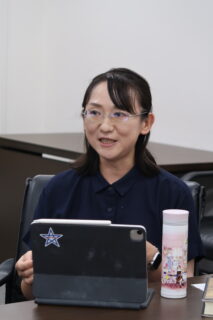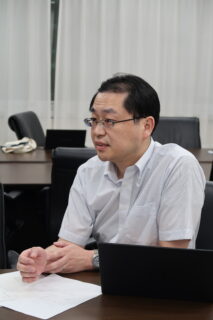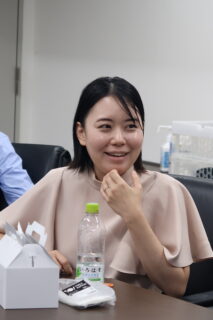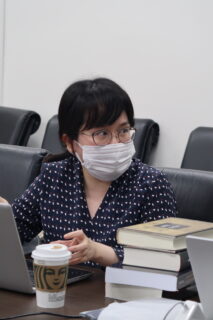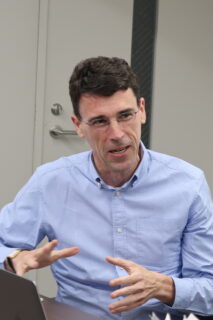The 24th Research Meeting of the Ushioda Initiative of Arts, which took place on September 19, 2024, featured a compelling lecture by Professor Kai Vogelsang (Hamburg University) entitled “Beijing: A City Between the Ages.” Focusing on the Republican period (1912–1949), Vogelsang explored the juxtaposition of tradition and modernity in Beijing, illuminating how the city underwent profound transformations during this pivotal era.
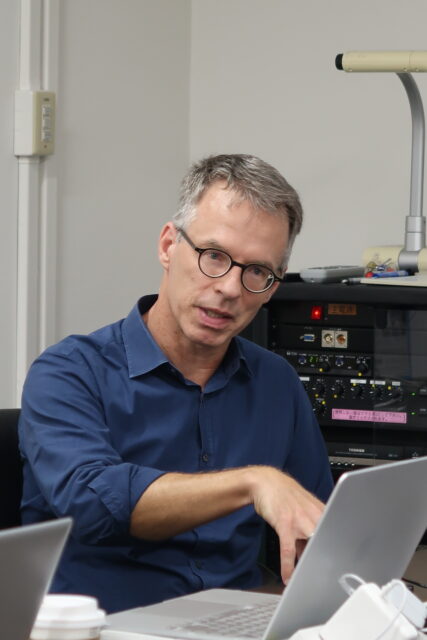
Vogelsang’s talk centered on the architectural and social landscape of Beijing as it transitioned from a premodern to a modern society. He described the enduring presence of imperial structures—such as city walls, gates, palaces, and temples—amidst the encroachment of modernity, represented by cars, trams, banks, and telegraph poles. Moreover, he emphasized the subtle yet significant changes in lifestyle, travel, and communication that accompanied this transformation. These changes not only signified an evolution in urban planning but also marked a broader societal shift within China. Vogelsang’s lecture offered a nuanced perspective on Beijing as a city straddling tradition and modernity. By examining the architectural and social changes of the Republican period, he provided valuable insights into the broader implications of urban transformation in China.
The seminar concluded with a renewed appreciation for the complexities of Beijing’s historical narrative and its relevance to contemporary discussions about modernization in urban contexts. Following the presentation, attendees engaged in a vibrant discussion. Questions ranged from the legacy of the Ming Dynasty on Beijing’s cultural heritage to comparisons with other cities undergoing similar transformations, such as the place of Tokyo’s Ueno Park in the history of the public square.
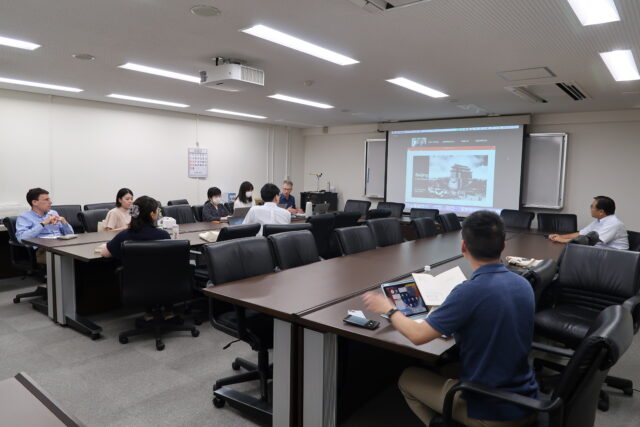
Report by HUANG Xiaolong (EAA Project Researcher)









